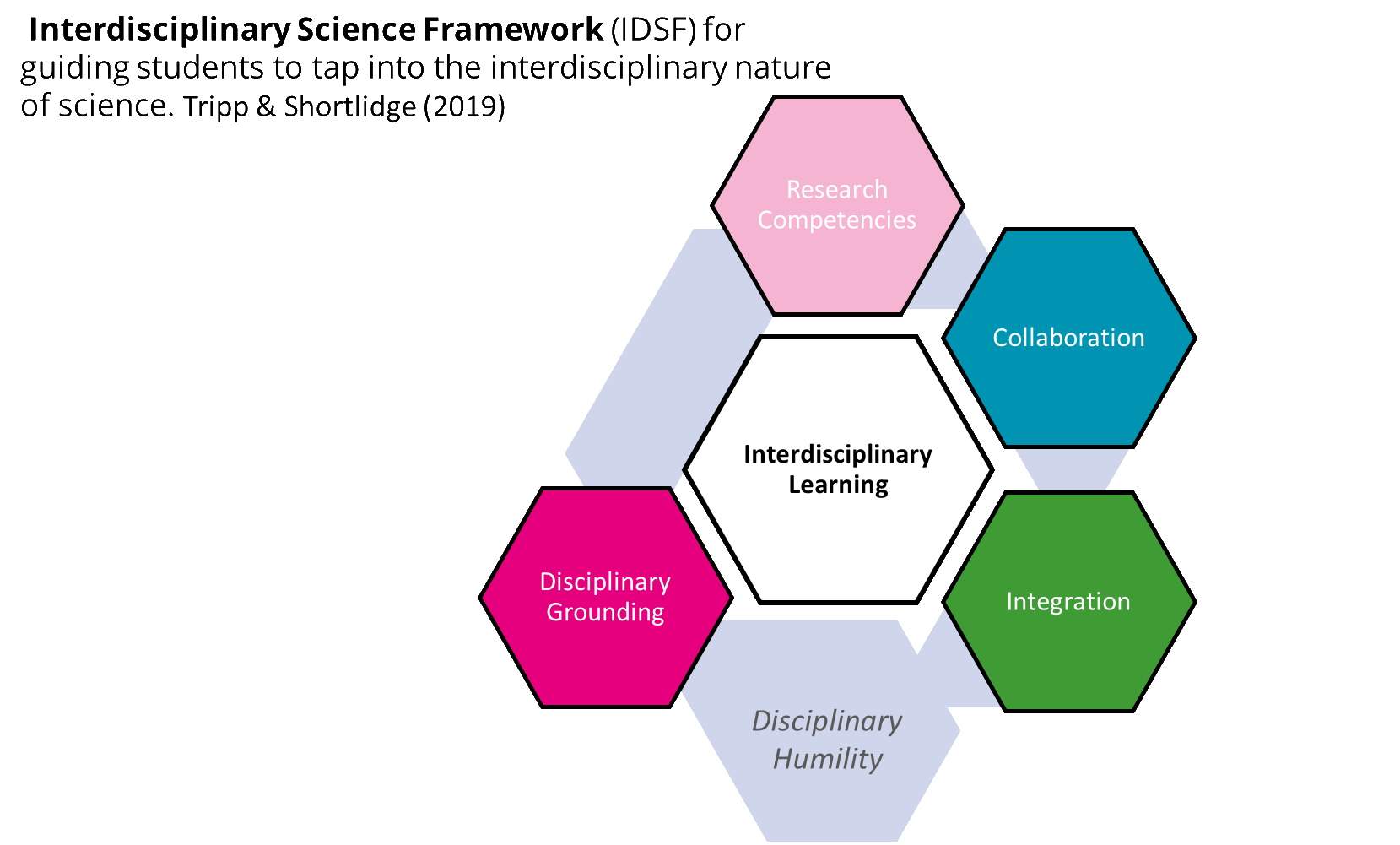INTERDISCIPLINARY EDUCATION
Interdisciplinary education is an exciting and varied addition to one’s educational repertoire, but it does come with its own unique challenges. This toolbox and interdisciplinary-approach guide aims to support teachers whether they starting out with designing an interdisciplinary course, or whether they are seasoned professionals looking for a new element to add to an established course.
Interdisciplinary Learning Toolbox
Interdisciplinary Learning Toolbox
Interdisciplinary Learning Toolbox
Interdisciplinary Learning Toolbox
Interdisciplinary Learning Toolbox
Interdisciplinary Learning Toolbox
...but what is Interdisciplinarity?
The spirit of interdisciplinarity is about collaboration, cross-boundary learning and the creation of innovative outputs. Therefore, our site will focus on this more general spirit rather than pedantic differences between multi-, inter- or trans-disciplinary education. The majority of the resources and theory presented in this site can be applied to all three of the above mentioned modes of education.
Essential Elements for Interdisciplinary Education
According to Tripp & Shortlidge (2019), there are 6 ubiquitous elements that characterise interdisciplinary education (see below). We have created our own list of categories based on these elements. You can find more details about our list on the Course Design page.
1.- Involves two or more disciplines.
2.- Use of multiple/ differing research methods/methodologies.
3.- Collaboration among individuals.
4.- Need for other/ additional disciplinary knowledge/expertise.
5.- Having various perspectives, theories, approaches.
6.- Addresses problems that cannot be solved by one discipline.

Prerequisite Criteria for Interdisciplinary Learning
Tripp & Shortlidge (2019) also created a conceptual framework with 5 criteria essential for interdisciplinary learning for students:
- Disciplinary humility;
- Disciplinary grounding;
- Research competencies;
- Integration skills;
- Collaboration skills.
DON’T KNOW WHERE TO START?
New to interdisciplinary education? Not sure if you are on the right path?
Begin here to find your answers!
{{ current.question }}
These tools were selected for you:
Or try again:
{{ question.label }}
